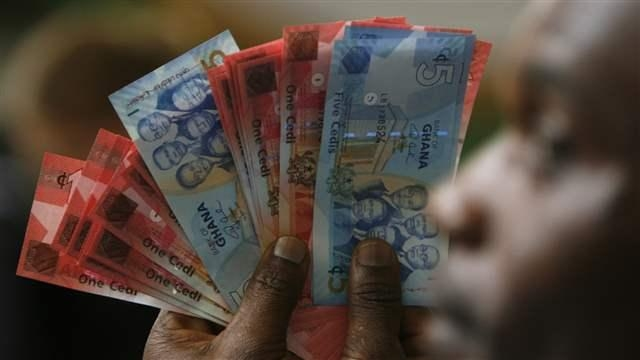- Remittances to low- and middle-income countries are projected to rise by 4.2% in 2022
- Inflows are expected to provide crucial support amid rising energy and food costs
- The pandemic highlighted the importance of remittances to emerging markets
- Funds are increasingly being sent via digital channels, with new start-ups entering the market
As rising inflation and the global food crisis place financial pressure on many countries around the world, remittance flows to emerging markets are expected to continue providing crucial support.
In a recently released report, the World Bank’s Global Knowledge Partnership on Migration and Development (KNOMAD) estimated that global remittances to low- and middle-income countries (LMICs) will grow by 4.2% this year to US$630bn.
The figure builds on 8.6% growth in 2021 and follows two years that have highlighted the value of these inflows to many emerging markets.
Indeed, despite projections from the World Bank in April 2020 that the outbreak of COVID-19 would lead to a 19.7% contraction in year-end remittance flows to LMICs, they instead held firm and actually increased by 0.8% in 2020.
These transfers took on greater importance as foreign direct investment (FDI) to LMICs fell by 13.5% in the same year.
In many instances, these inflows provided people with a source of replacement income as COVID-19 curfews or restrictions significantly curtailed the ability of many to work and earn – particularly those in the informal sector.
Inflation and remittances
Just as remittances proved crucial during the pandemic, they are also likely to be vital this year following Russia’s invasion of Ukraine and broader economic headwinds.
Rising inflation and the increase in food prices, which reached all-time highs across March and April, have significantly increased the cost of living in many countries and placed strain on many households… especially in emerging markets.
A continued flow of remittances would therefore be a welcome contribution to many emerging market economies: the UN’s International Fund for Agricultural Development (IFAD) estimates that 800m people globally benefit from remittances, which are often used to cover essential expenses such as groceries, medical care, school fees and housing.
Regional differences
While KNOMAD predicts that remittances will follow the upward trend of recent years, it nevertheless expects the growth rate to slow as inflation erodes wages and Russia’s invasion of Ukraine places significant pressure on certain economies.
There are also expected to be significant regional differences, much of which depend on the source country of remittances and how those countries sending them will be affected economically in 2022.
KNOMAD expects to see a 9.1% increase in remittances to Latin America and the Caribbean, followed by significant growth in flows to sub-Saharan Africa (7.1%), the Middle East and North Africa (6%), and South Asia (4.4%).
However, the report stated that remittances to Central Asian countries, for which the main source is Russia, are expected to fall dramatically amid the decline in value of the ruble and sanctions on Russia.
Under the estimates, remittances to Kyrgyzstan are forecast to fall by 32% while those to Tajikistan (-22%), Azerbaijan (-21%), Uzbekistan (-21%), Armenia (-19%) and Kazakhstan (-19%) are also expected to experience significant contractions.
Just as strong remittance flows are expected to provide support to many emerging markets, such declines could have economic repercussions for those in Central Asia.
World Bank figures show that remittances made up 31.3% of Kyrgyzstan’s GDP in 2020, compared to 26.7% in Tajikistan, 11.6% in Uzbekistan and 10.5% in Armenia.
Mobile and digital solutions gain traction
Another trend shaping the flow of remittances is the manner in which they are being sent.
While the overwhelming majority (97%) of inflows are paid in cash and transmitted via traditional brick-and-mortar banks and financial institutions, there has been a noticeable increase in fund transfers using alternative methods.
Lockdowns and border closures led to a 48% increase in mobile phone payments last year alone, while OBG has previously noted that a number of remittance-focused financial technology (fintech) start-ups have begun to gain traction in emerging markets.
This development comes as companies and international institutions look to reduce the cost of international transfers. IFAD says that currency conversions and fees account for an average 6% of the total amount sent – double the 3% target laid out in the UN Sustainable Development Goals.
Initiatives such as the Remittance Community Task Force, launched by IFAD in March 2020, are pushing for far-reaching changes in policy and legislation on remittances, while some financial institutions have sought to cut or reduce fees.
For example, in October last year digital bank Revolut announced that US customers would be able to make 10 free international transfers a month. This was followed at the end of January with an announcement that customers would also be able to make 10 fee-free transfers to Mexico every month.










